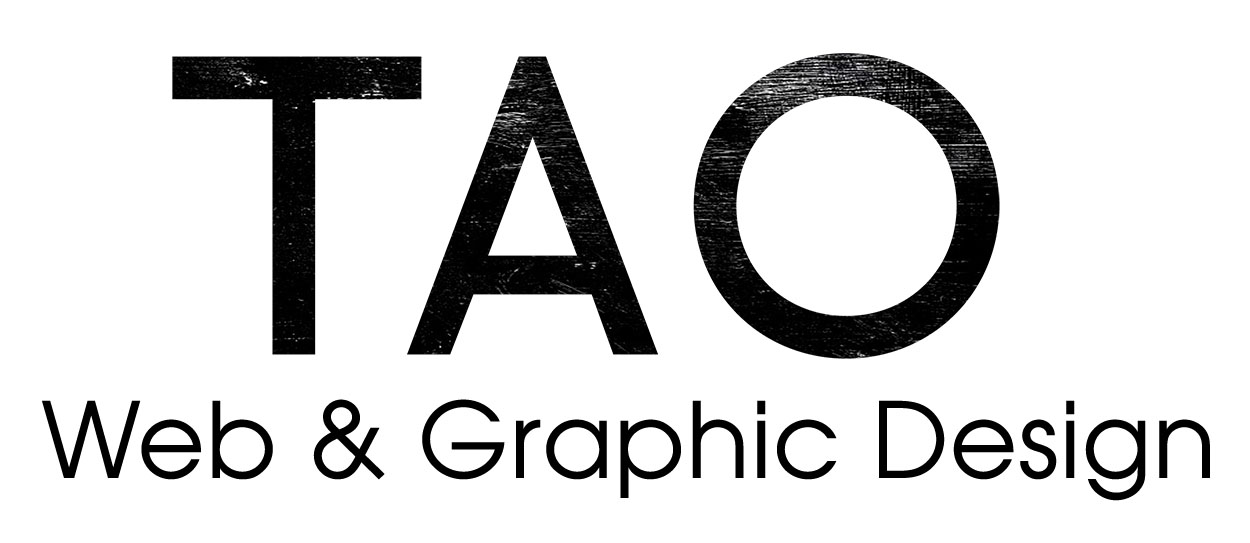This is an awesome article on the Mother Earth news site (a great resource for off-grid and alternative living). Here is the link and there is an excerpt below:
https://www.motherearthnews.com/green-homes/natural-building/cob-building-basics-zm0z13onzrob
Cob Pros and Cons
Pros
• Uses local, generally inexpensive or free materials • Can include creative, beautiful detail • Nontoxic • High thermal mass helps temperatures stay consistent and comfortable • Negligible environmental impact • Compatible with other natural materials (wood, stone, lime) • Fun to build with friends • Earthquake-resistant
Cons
• Labor-intensive • Needs additional insulation in cold climates • Will be unfamiliar to building code officials and insurers
Outlaw Building
Returning to basic shelter is a compelling idea, but in most of the United States, a complex combination of building codes, health codes, zoning codes, energy codes, deed restrictions and neighborhood covenants could indeed make you an “outlaw builder” if you decide to construct your own home. Ianto Evans refers to building and living in a low-cost, natural house as “a revolutionary act” and a challenge to “the greed of corporate commerce and the vigilance of its bodyguards, the governmental regulators.” I know people all over the country who are happily (and quietly) living in small cob houses with or without the approval of the local authorities, but knowing what you are getting into before you invest your time and money is important. Even a few thousand dollars (plus your time) is a lot to risk if there is a good chance a neighbor might object to your new dwelling. But the payoff of living cheaply in a house you love is substantial.
The permits for my last cob house were less than $1,000. Code compliance can be costly, however — more than $30,000 for permits in extreme jurisdictions. Perfectly safe alternatives to costly septic systems and wells exist, but they aren’t always legal. Minimum square footage requirements are often several times the size of what a person can afford to build without taking out a loan (which then gives the bank the final say on what you build). People have had their beautiful cottages torn down because they weren’t up to code. Others have built their small houses as “accessory buildings” or kept the footprint under 200 square feet to avoid code scrutiny. Finally, some builders have gone the extra mile to get tiny houses and natural materials approved or even added to the local code. Terry Herb’s recent e-book, No Building Codes, is an excellent starting point.
Your local city or county building department will be able to give you the best information, and the American Society for Testing and Materials has recently issued standards for building with earth.


Nice! I haven't looked into being an expatriot in the Virgin Islands-- that sounds pretty cool. So you are considering oregon too? What have you learned about shipping containers? I don't know too much yet. :)